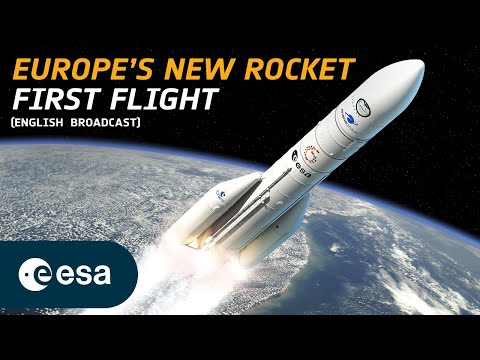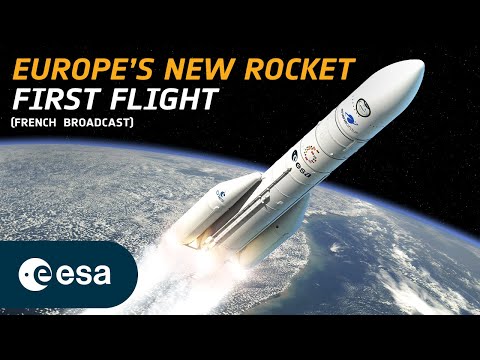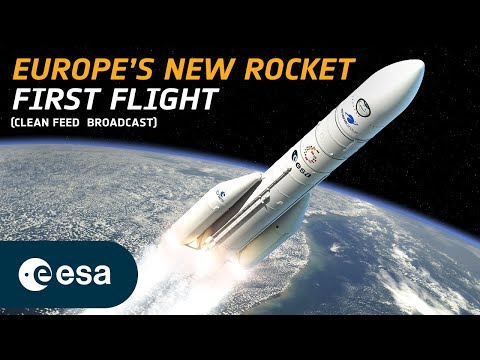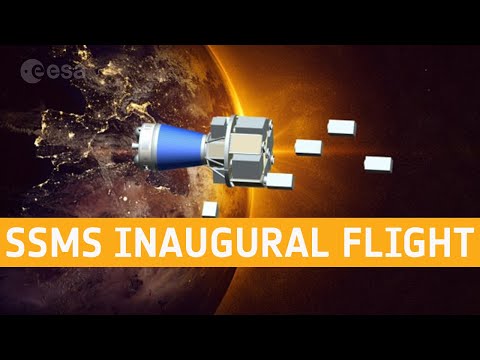Launch Replay: Vega qualification flight
The first Vega, flight VV01, lifted off from Europe’s Spaceport in Kourou, French Guiana on 13 February 2012, on its way to carry nine satellites into orbit. This maiden voyage will add a new capability to Europe’s fleet of launch systems.
Vega’s first payload consists of two Italian satellites: ASI’s LARES laser relativity satellite and the University of Bologna’s ALMASat-1. Flight VV01 will also carry seven picosatellites provided by European universities: e-St@r (Italy), Goliat (Romania), MaSat-1 (Hungary), PW-Sat (Poland), Robusta (France), UniCubeSat GG (Italy) and Xatcobeo (Spain).
The mission is intended to qualify the overall Vega system, including the vehicle itself, its launch infrastructure and its operation; from the launch campaign to the payload separation and the safe disposal of the upper stage.





@rogelead Solid fuel and a carbon fiber body… it's understandable. Nice.
Its not as fast as our Horizon. haaaa
Really fast space rocket 0.O
looks like an icbm
Sorry, I don't know whether exactly this is a manned or unmanned flight. However usually manned launches are designed not to surpass the limit of 3G (3x the usual gravity of Earth) otherwise the spacecraft operators wouldn't be capable of even lifting their hands over the control panel (in case a manned action is necessary). However, non-manned flights such as this can bear much more lift thrust. Can anyone confirm that – I'm a bit curious?